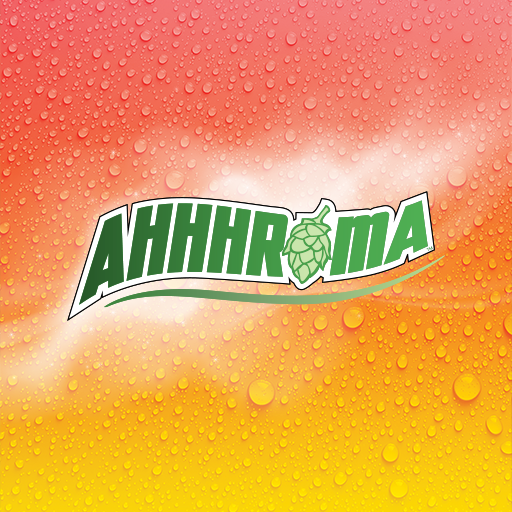
Craft brewers around the world are always in search of something new, something different, something to create the next fantastic beer. What’s going to be the next Citra? But where do these new varieties come from?
Many of them come from highly sophisticated and methodologically-planned breeding programs, that can take up to ten years to develop and launch commercially. You can include the Hopsteiner and HBC proprietaries in that bucket, along with just released Vista™, developed by the Hop Research Council.
And honestly, some of them are also accidents or “found” varieties. Good examples include Amarillo and Idaho Gem. The Amarillo story is a great one (and I can definitely see how it can happen). It was accidentally discovered by Virgil Gamache Farms in 1990 when they found it growing alongside their Liberty field. They began cultivating it then patented it as a new variety. It was originally patented under the identifier of VGXP01.
You can add to that group, the origin of the new proprietary variety from Glacier Hops Ranch, Ahhhroma™. When our original research hopyard was established back in 2013, we had as many as 44 different varieties being grown there.
We planted exclusively female plants, like any commercial hopyard. But the first few years, we did find some hermaphrodite plants (both male and female flowers on a single plant). That’s a bad situation, because a pollinated hop flower will produce 60% less lupulin resin, and you want to yank those bad boys out. The energy that normally goes into producing high levels of lupulin resin, is diverted instead to producing seeds. Every commercial inventory lot of hops is graded for seeds and stems today because they are both undesirables.
But what happens when those hops go through the harvesting machine, and the “chop” blows the excess out the back as waste, to eventually go back in the fields as compost? Occasionally, you get a cross-bred seed, a “volunteer”, usually likely of unknown origin, and definitely of unknown origin in the case of Ahhhroma, because it could have been a cross between 44 different varieties. We have no real idea.
So we can safely say that it came out of the Research Hopyard at Glacier Hops Ranch, but that’s about all we can say about the origin.
We can also say that the result was surprising and has been worth pursuing over the past several years. We had a small amount of Ahhhroma acreage in our early years, and it all went into Hopzoil™. The harvest of 2021 was the first year we had enough to put into pellets, and the initial lot came in at a pretty awesome 16.6% Alpha Acid content, to complement the high oil levels with notable mango, pineapple, pear, piña colada sensories, with notes of stone fruit, lime, watermelon and hints of cinnamon and nutmeg.
Give it a try. I think you might like it.

